We know, there’s no such thing as a stupid question. But there are some questions you might not want to ask your local shop or riding buddies. AASQ is our weekly series where we get to the bottom of your questions – serious or otherwise. Hit the link at the bottom of the post to submit your own question.
Welcome back to the Bikerumor Ask A Stupid Question series! This week, we have the experts from Cannondale, Trek, Rocky Mountain and YT Industries on hand to discuss frame-specific suspension tune customization, and whether or not this can be applied to the fork as well as the shock.
Joining us this week are the following contributors:
- Luis Arraiz, Frame Design Engineer at Cannondale
- Jose Gonzalez from the Trek Suspension R&D Lab
- Kenneth Perras, Full Suspension Product Manager at Rocky Mountain Bikes
- Chris Hilton, CTO at YT Industries
Full suspension frame manufacturers spend a long time optimizing a bike’s geometry to make it balanced, front to rear. But, at the end of the day, it’s down to the rider to set up the suspension properly to get the bike balanced as a whole. I know that many manufacturers work with suspension brands to develop custom damper tunes on the shock (Cannondale and Trek, for example), but do they ever do this for both the shock and the fork? Seems to me it would make sense for bike designers to consider the dampers on the front and rear suspension when spec’ing complete bikes. Am I overthinking this?
Cannondale: You hit the nail on the head when it comes to suspension. It is very important to balance both front and rear suspension for the whole bike to work as a synchronized system. But, let’s look at what that means, as both the spring systems and the damping must be optimized and balanced.
Right now, it is a great time to be a mountain biker, as the quality of forks and shocks available is vast, and the performance they offer is outstanding. First, let’s look at the balancing spring elements.
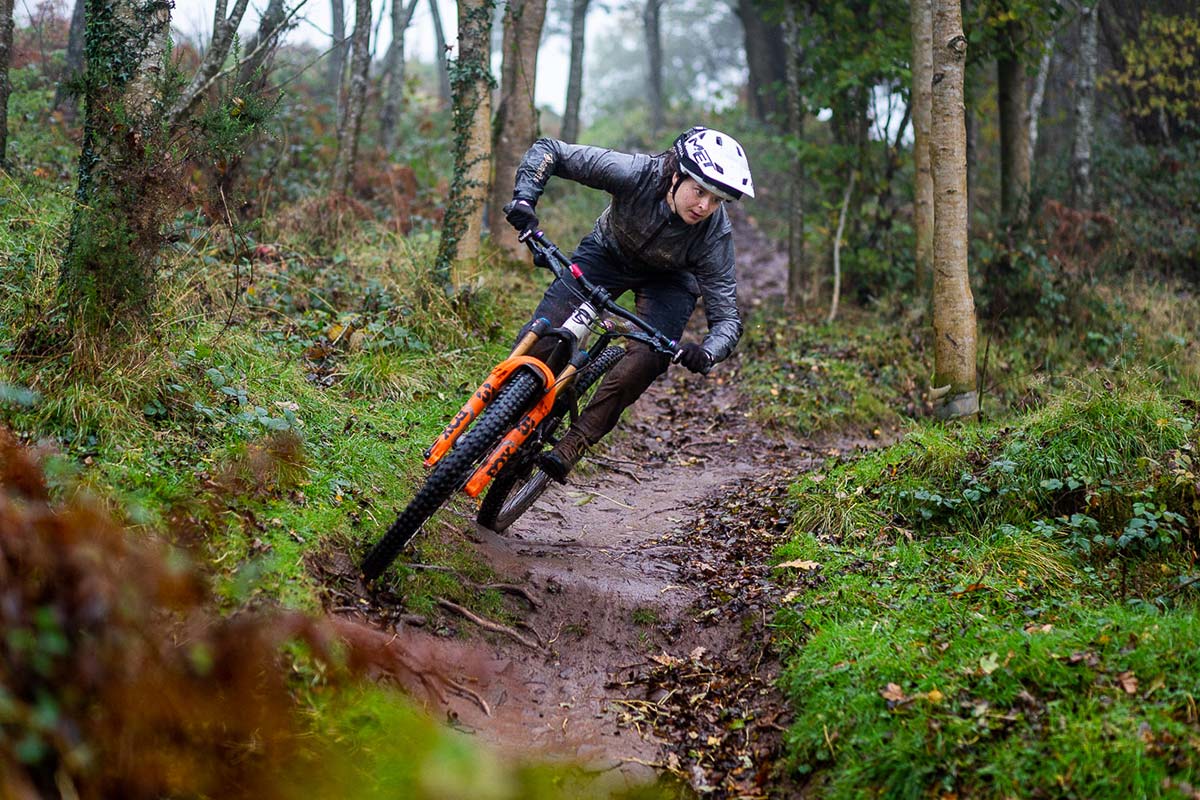
Most high-end forks now have air as the spring medium and use a combination of 2-3 chambers (positive, negative, other springs), tokens and spacers to dial in not just the spring rate but its progression. Ideally, we want a fork to be very supple in the initial part of the travel, then as it goes through the travel it requires a larger force to obtain more displacement out of it.
As for the rear suspension, first we must fit an appropriate shock stroke for the given application. On most of our bikes, we tend to use a progressive leverage ratio. The bike’s progressive leverage ratio and the shock spring rate (air or coil) result in what we call a wheel rate, which as you may guess, is the spring rate at the wheel. This wheel rate is what we want to match or balance to the fork spring rate and progression.
Secondly, let’s look at how we can balance the dampers. Most aftermarket and OEM forks have a wide range of damping adjustability. This is so that riders can better set up their forks according to various variables such as: rider weight, riding style, rider speed, and other desirable characteristics such as comfort, control, etc…
For the rear, we do work with our shock and fork suppliers and we try to match the damping as closely as possible to the front for a balance ride and response. But, we also have to think about other factors too. For example, an XC bike like a Cannondale Scalpel needs a different ride quality and feel compared to an enduro bike.
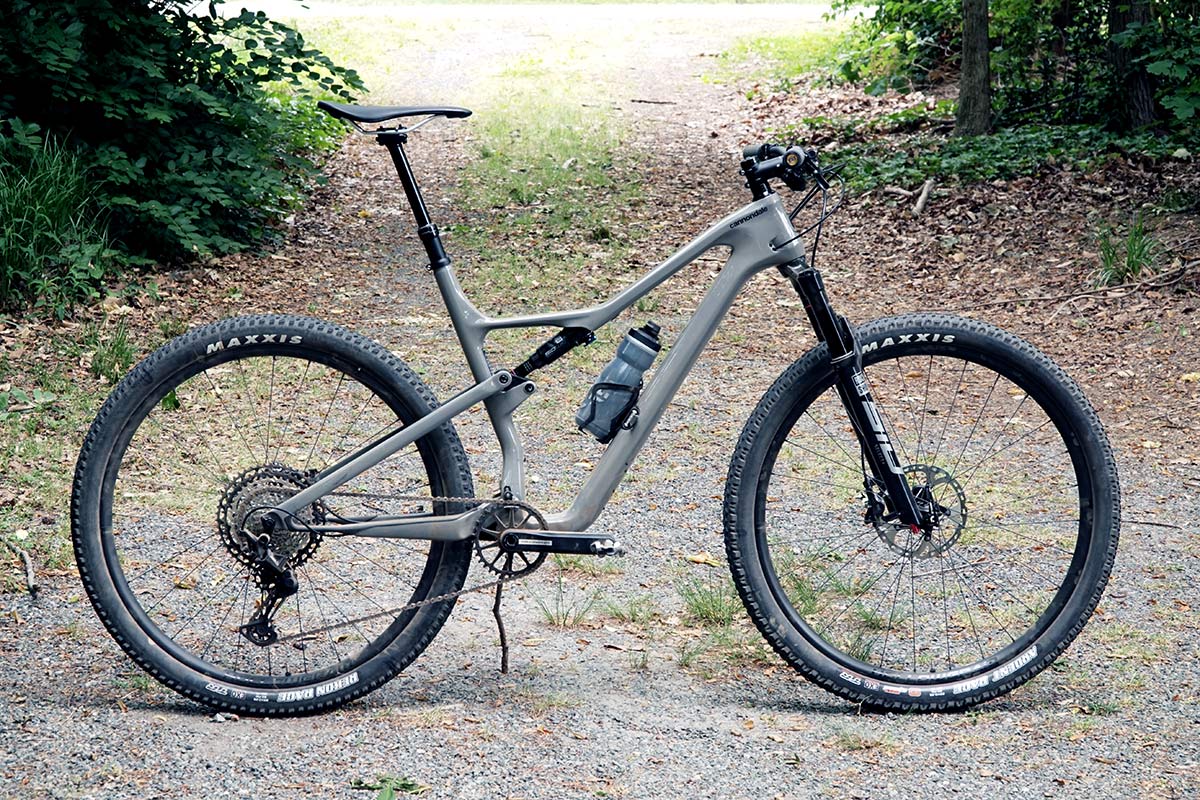
The XC bike’s primary objective is to carry speed everywhere; smooth climbs, technical climbs, undulating and flat terrain, etc… Comfort and descending capabilities take secondary roles which are still important but not the driving characters of the bike.
An enduro bike, on the other hand, still needs to carry speed on flat terrain and smooth climbs, but these characteristics take secondary roles while suspension control on descents, cornering support, and grip in loose terrain are far more important factors for this riding application.
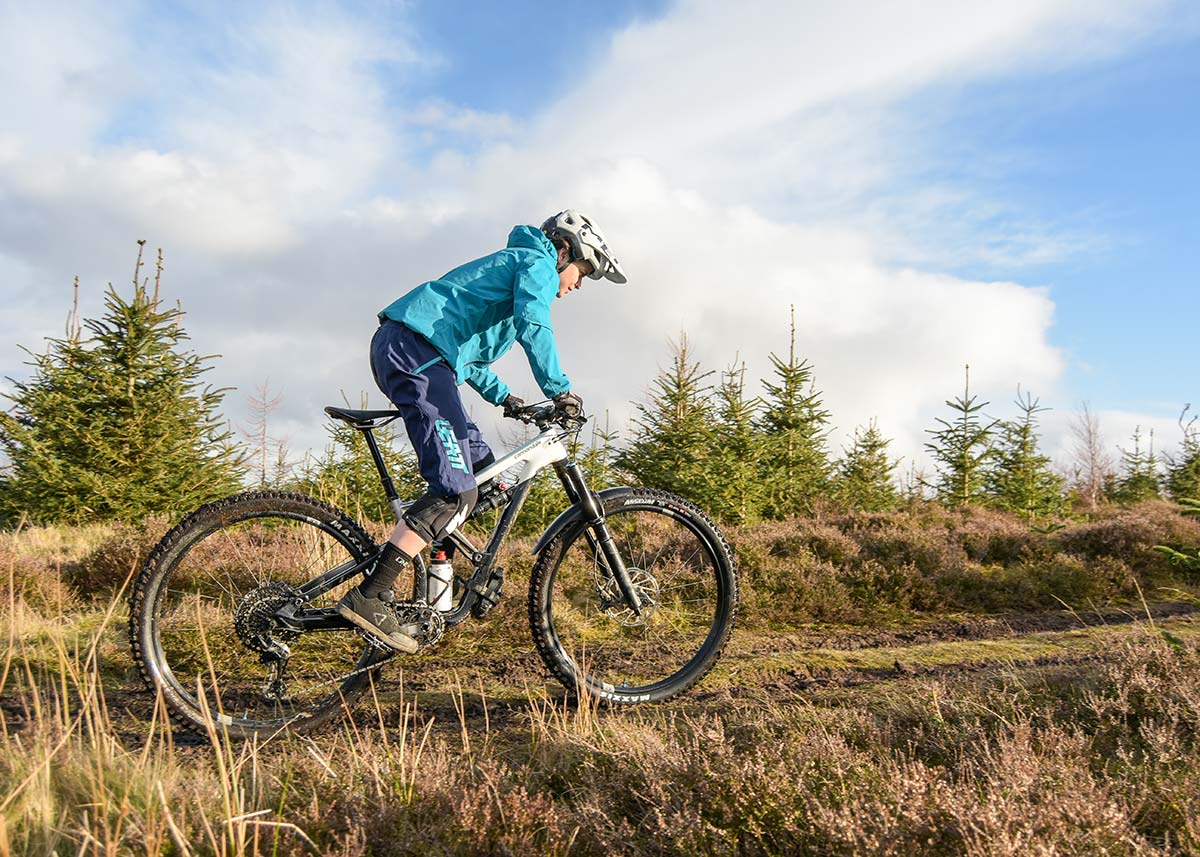
The shock’s damping is very crucial to achieve these and more characteristics. Suppliers like Fox and RockShox offer a vast array of different catalogue damping tunes that can be used to match the bike’s intended use and for most of the time we do use these standard tunes. However, sometimes we do use custom tunes to achieve the desired results.
One of the tools we have at out disposal is to use linear or digressive (regressive) damping curves or tunes. A digressive shock has higher low-speed damping compared to the high-speed damping values. Low-speed damping can be used to control rider inputs, chassis movement and pedaling forces.
For our bikes, we tend to use digressive compression shock tunes to match the bike’s lower than 100% Anti-Squat values. This allows us to dial in pedaling control while still maintaining the other riding characteristics we want out of our bikes.
Lastly, here at Cannondale we do make and design the Lefty Fork for our XC bikes like the Scalpel and FSI. On the Scalpel we are able to balance the fork and rear suspension to a higher degree than on other bikes because we can control and match a greater number of variables.
At Cannondale, we want to ensure that our bike’s rear suspension matches the useable range of spring and damping of the forks we use while still leaving room for the rider to dial in his/her setup for the given application and trail condition.
Trek: You’ve touched on the main variable which is that the rear suspension is directly tied to the specific frame design criteria much more so than the fork. Shocks are a major influence on the dynamic ride experience and dynamic bike geometry. Since we have limited development time and resources, we focus on the unit that’s going to make the biggest difference in the overall ride quality for the specific chassis.
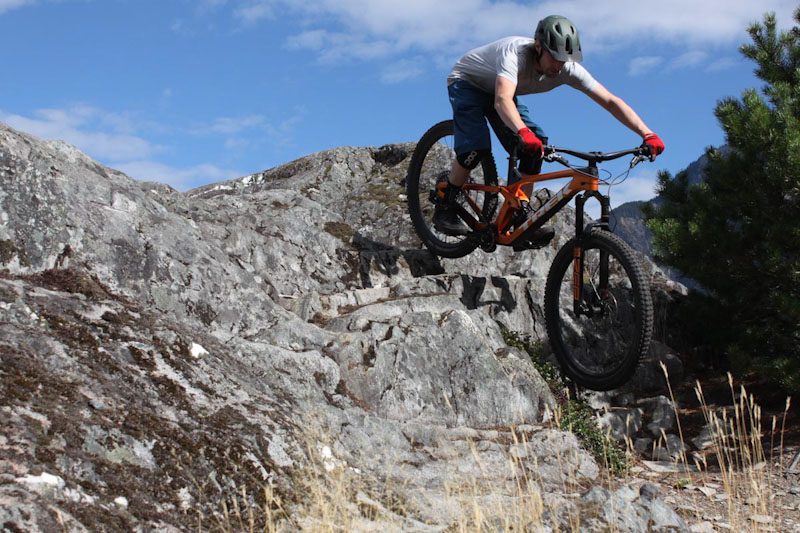
The modern fork offers really great performance to begin with and has a fairly broad level of practical adjustability, allowing for bike companies and end users to pretty easily balance the ride without exclusive technology.
That said, we have done multiple fork technologies with FOX over the years; the Trek Tune RP Damper which had a unique piston and valve, the Hybrid Air system on the dual crown fork and DRCV Fork springs. There were performance and tune-ability gains with all three but the long term viability wasn’t there for the market. Again, I think that was due to how much you can do with the mainline forks offered by FOX and RockShox.
And, just because it never makes it to production, it doesn’t mean we haven’t explored this area. We have done a lot of fork R&D work that includes multiple upside down designs and some leading link designs… along with altering standard right side up product. At the end of the day, they just didn’t outperform the standard fork in enough areas to make it worthwhile.
Rocky Mountain: I believe this is mainly a question for fork makers but I’ll attempt an explanation from Rocky Mountain’s perspective. Forks don’t have custom damper tunes at the OEM level main due to them having a 1:1 movement ratio vs. frames which have a 2.5-3:1 ratio.
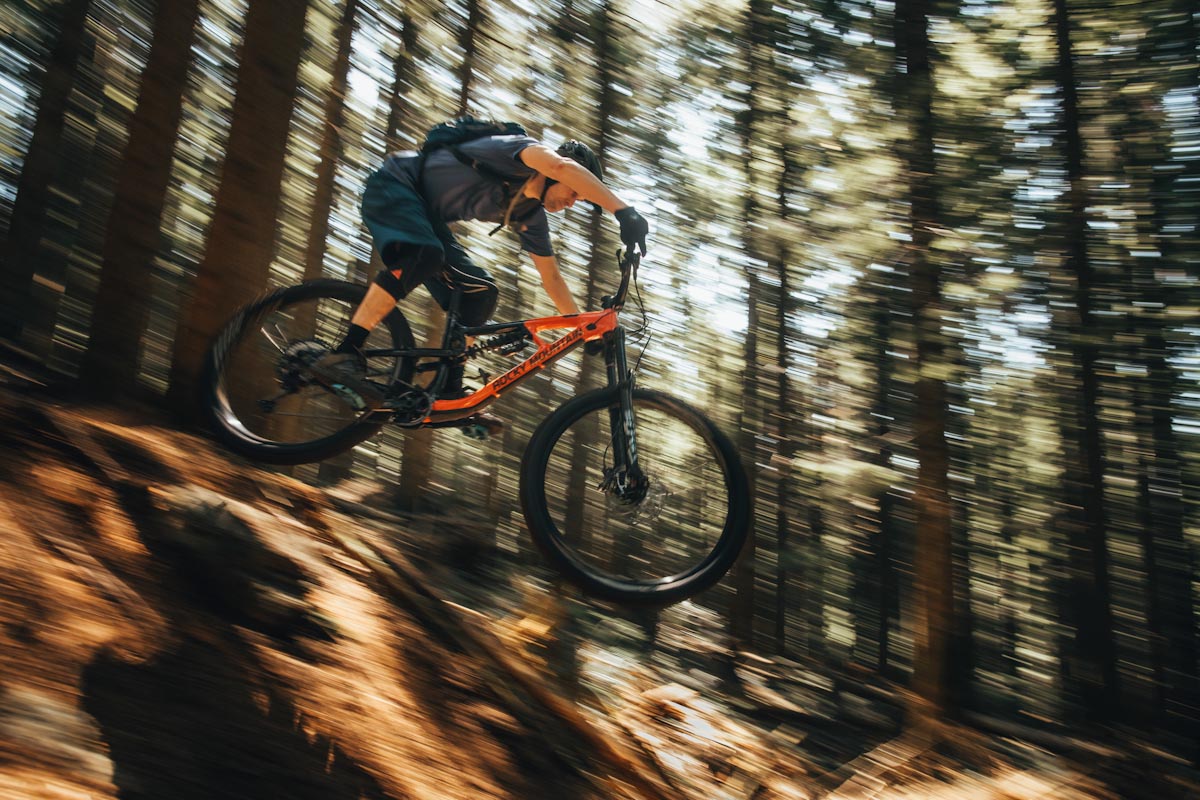
What that means is that the frame has an effect how the shock performs so some element of tuning is required to get it running according to the frame maker’s desired performance. Those ratios can be wildly different from frame to frame, and adding elements such as progression change and anti-squat only makes that rear suspension movement more specific to the frame.
With forks not being subjected to a leverage increasing device (the frame) they can be designed for a much narrower window of performance.
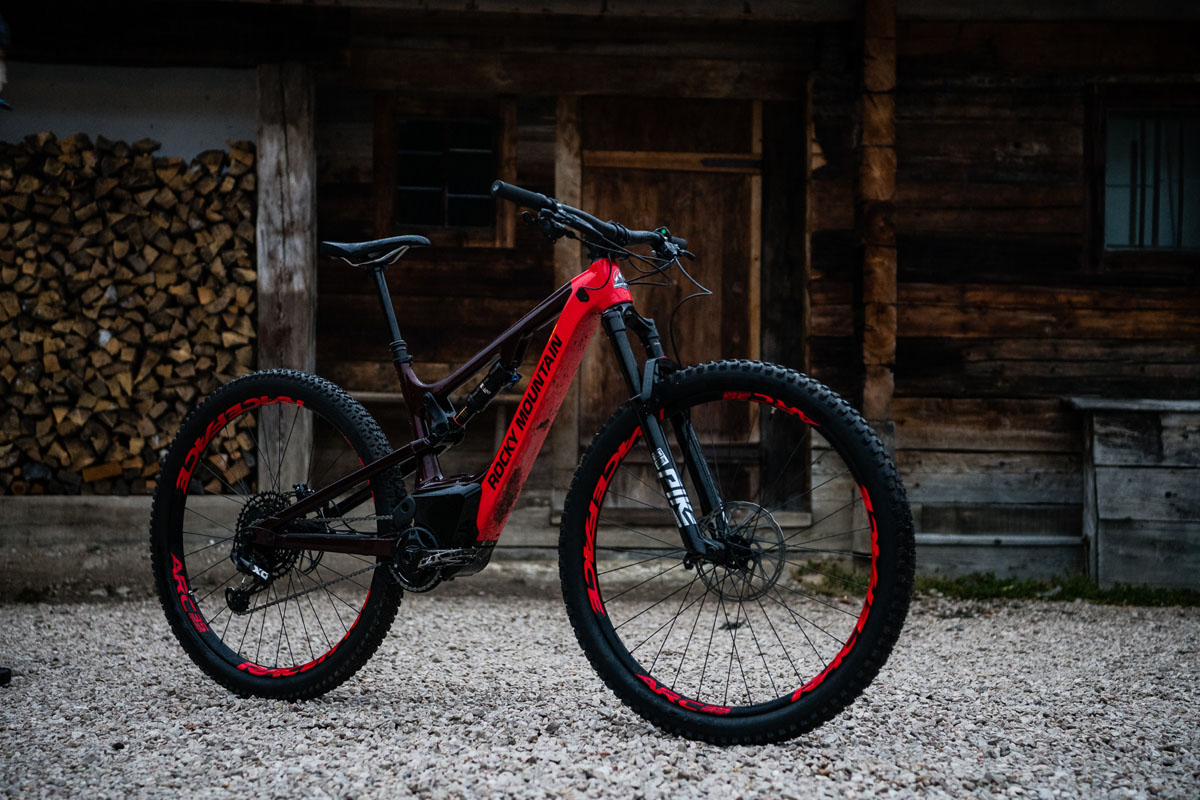 If we wanted to get extremely detailed in the final product performance, we could ask for custom damper tunes based on rider and chassis weight, but forks are so good these days that an ideal setup is easily achieved within the tuning window of the external adjusters.
If we wanted to get extremely detailed in the final product performance, we could ask for custom damper tunes based on rider and chassis weight, but forks are so good these days that an ideal setup is easily achieved within the tuning window of the external adjusters.
That doesn’t means that a standard fork is a perfect solution, but in the case of selling thousands of bikes, the stock forks will suit the majority of riders and only a few highly tuned individuals might wish for something more suited to their preferences.
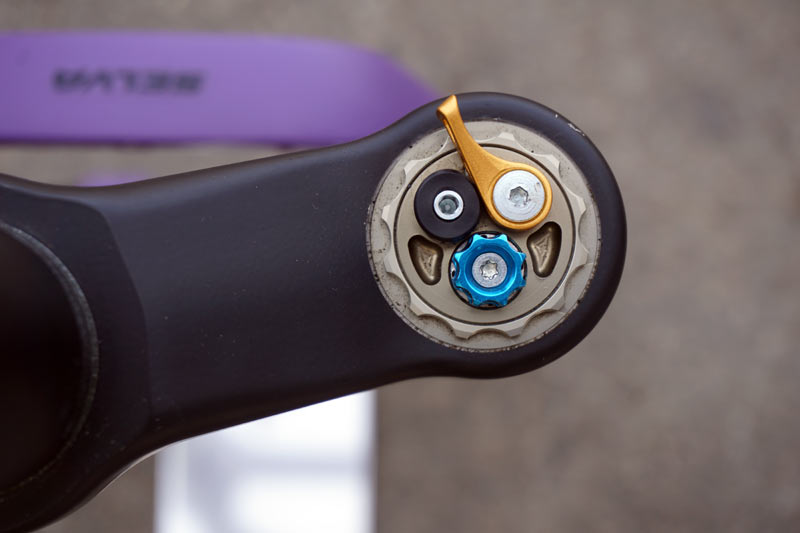
At the moment, I know only of Formula that offers different compression modules (CTS) that can be swapped out to suit rider weight, style, and performance preference. It’s a neat bit of technology, and the ease of swapping modules makes it fairly painless.
YT Industries: A fork tune is relatively straightforward as it’s a 1:1 leverage ratio. It’s fundamentally unchanged based on the suspension design of the frame. Head angles, reach, stack, and other factors can influence how the fork works, but can also be pretty well balanced with the available tuning that the fork contains (air pressure, compression, rebound, and volume spacers).
Also, keep in mind that various fork offsets exist, which are not based on fashion choices, but the intended frame design. Shorter isn’t always better; it depends on the design of the whole bike.
Rear suspension has a wide variety of leverage ratios and curves, depending on the frame and suspension design. Many bikes share the same shock dimensions, and suspension travel, but have very different tunes.
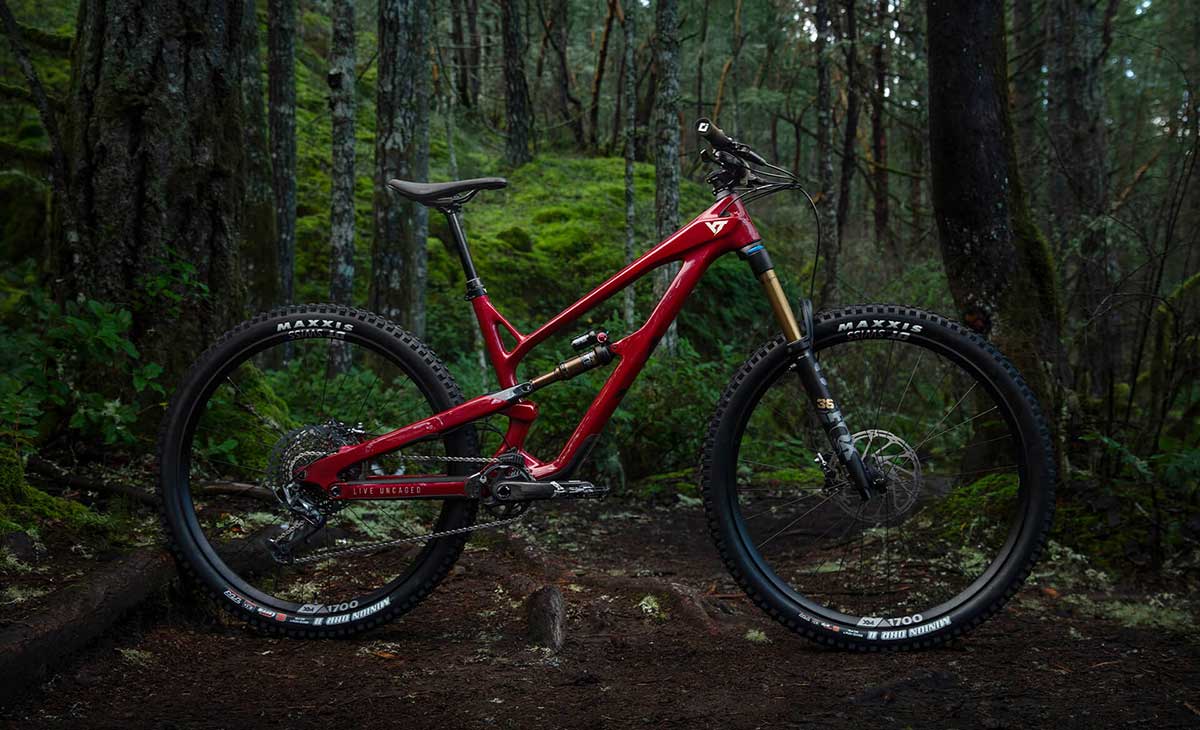
Generally, shocks are custom-tuned for almost every major brand of bike. In some cases, tunes might even vary by frame size or wheel size. At YT, we focus on our shock tunes when evaluating the entire bike as it’s intended to be specified. Meaning we will test the rear shock with the corresponding fork that we intend to use. This is how you can make sure the bike is balanced.
Custom-tuned rear shocks can address compression and rebound range, volume spacers and can size, and some other features. After your tune is “final” the shock manufacturer creates a specific part number for that product. So, it’s quite a detailed process, with a lot of backup documentation and work.
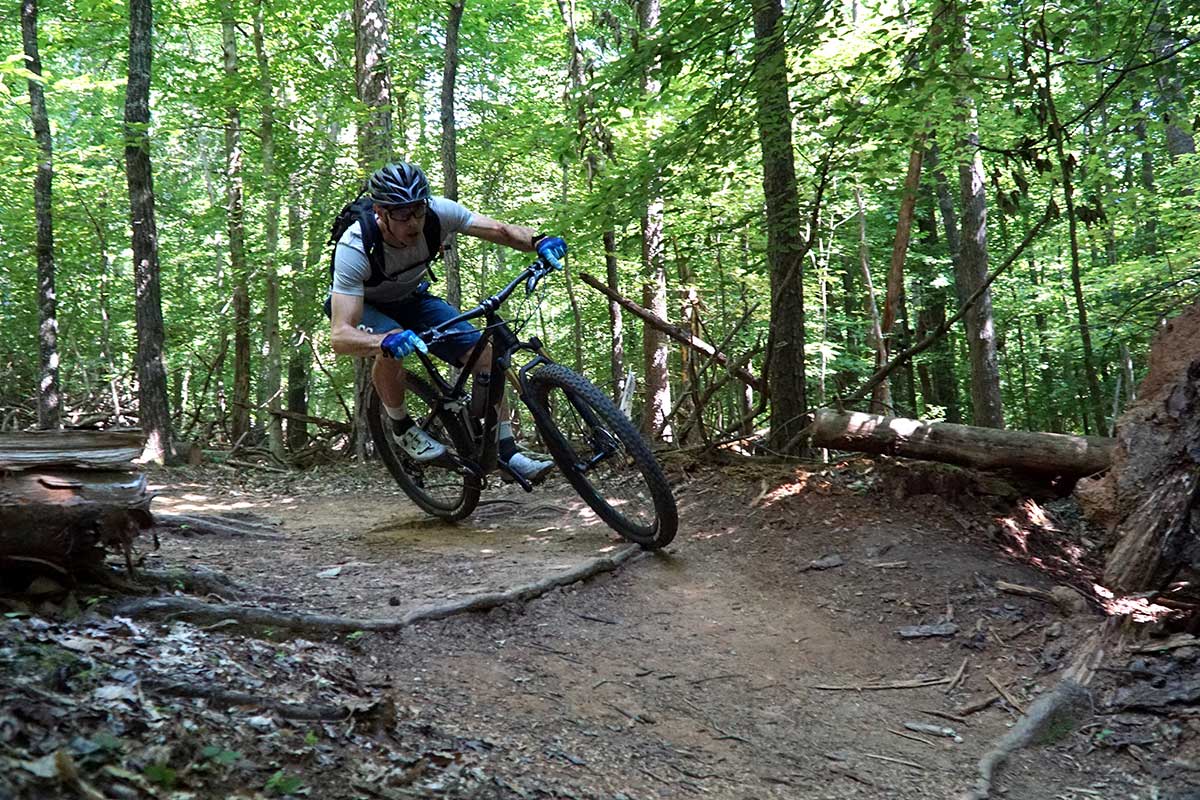
However, creating a balanced bike feel is about more than just the tune. Changing fork length, shock tune, even bar width or stem length can create a different balance on the bike. It can change the weight distribution, impacting the performance of the bike, and not always for the best.
Every major manufacturer (hopefully) is capable of tuning shocks to get to a good range for the majority of their customer base. But, the final step is probably the most important for the rider. Bike fit, front, and rear suspension setup, and riding position have a dramatic impact on the end performance of the bike. Spending time learning about this and doing it properly is a great investment, and will help your ride performance improve greatly.
Got a question of your own? Click here to use the Ask A Stupid Question form to submit questions on any cycling-related topic of your choice, and we’ll get the experts to answer them for you!



